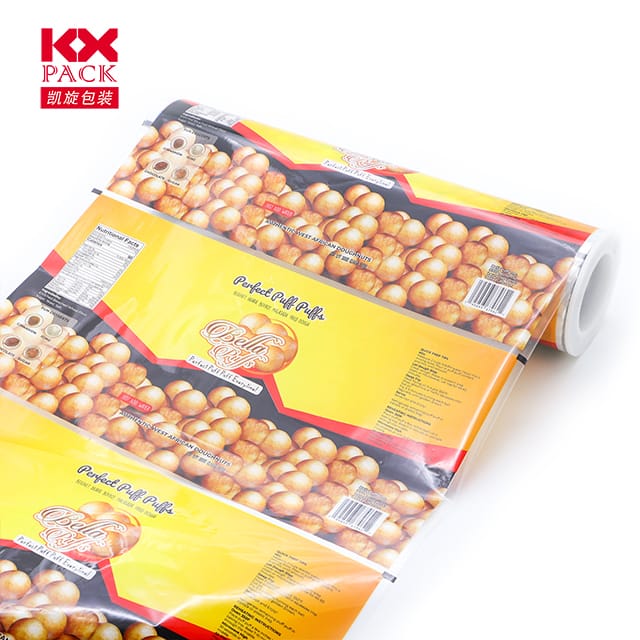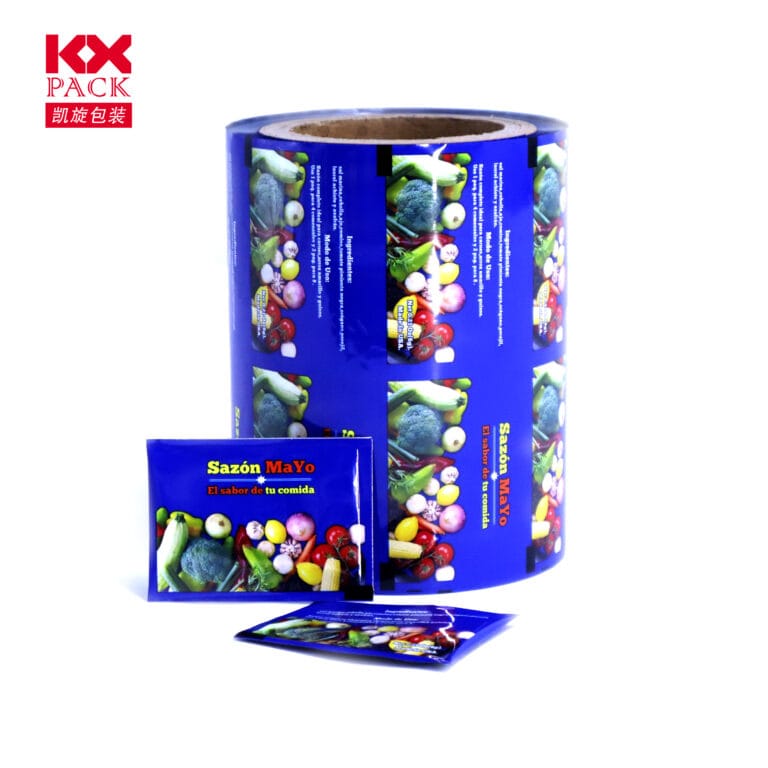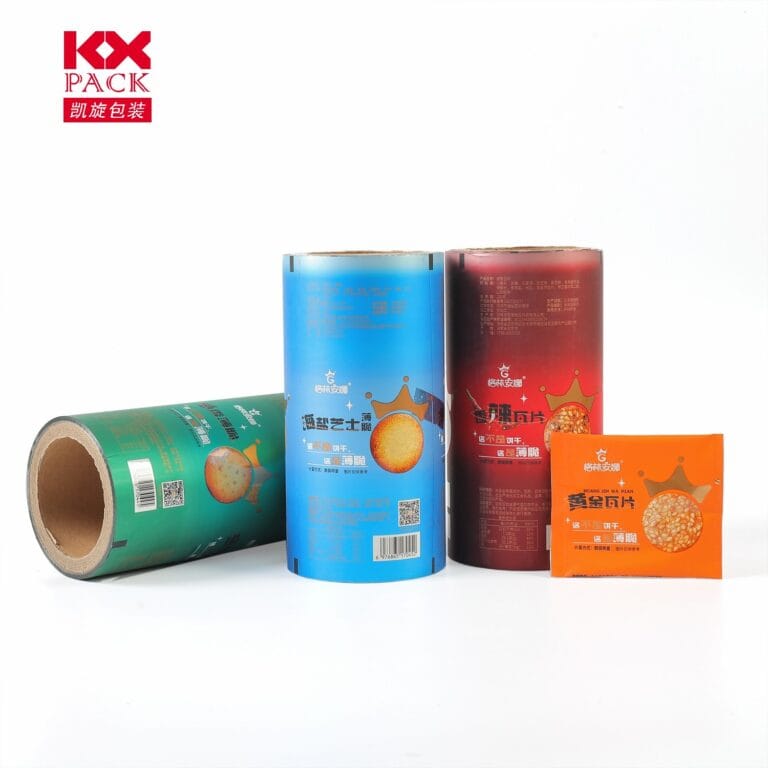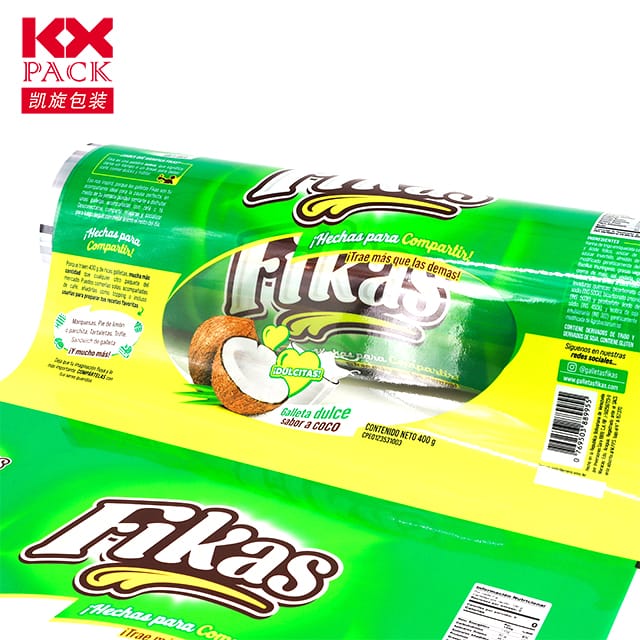음식을위한 혁신적인 영화 포장: 신선함과 지속 가능성을 보존합니다
필름 포장
오늘날의 빠르게 진행되는 세상에서, 식품 포장은 단순히 제품을 보호하고 제시하는 전통적인 역할을 넘어 발전했습니다.. 음식을위한 현대 영화 포장은 식용의 안전성과 신선함을 보장 할뿐만 아니라 지속 가능성을 증진시키고 환경 영향을 줄이는 데 중요한 역할을합니다.. Let’s delve into the fascinating world of innovative film packaging for food and explore how it is transforming the industry.
The Evolution of Film Packaging
Film packaging for food has come a long way from simple wrappers and bags made from basic plastics. 오늘, we have a wide array of materials and technologies at our disposal, each designed to meet specific needs in terms of shelf life, transportability, and environmental friendliness. Materials like polyethylene (체육), 폴리 프로필렌 (PP), 폴리에스테르 (애완 동물), and ethylene vinyl alcohol (에보) are commonly used, offering a balance between barrier properties, 유연성, 비용 효율성.
Preserving Freshness
One of the primary functions of film packaging is to extend the shelf life of food products by creating a barrier against oxygen, 수분, 그리고 오염 물질. Modified atmosphere packaging (지도) is a popular technique where the gas composition inside the package is controlled to slow down oxidation and microbial growth. This not only preserves the quality and taste of the food but also reduces the need for preservatives.
Active packaging technologies further enhance freshness by incorporating additional layers or additives that can absorb gases, release antioxidants, or even indicate spoilage through color changes. These intelligent packaging solutions are particularly beneficial for perishable goods like fresh produce, 고기, 그리고 유제품.
Promoting Sustainability
As consumers become more environmentally conscious, the demand for sustainable packaging solutions is growing rapidly. Biodegradable and compostable films made from plant-based materials such as polylactic acid (PLA), polyhydroxyalkanoates (파), and cellulose-based derivatives are gaining traction. These materials offer a reduced carbon footprint compared to conventional plastics, as they decompose naturally after disposal.
게다가, circular economy principles are being integrated into film packaging design. This involves creating packaging that can be easily recycled or reused, minimizing waste generation. Multi-layer films, 예를 들어, are now being engineered to be separable, allowing for efficient recycling of each component material.
Innovations in Film Packaging
The future of film packaging for food is incredibly exciting, with ongoing research and development pushing the boundaries of what’s possible. 나노 기술, 예를 들어, is being explored to create ultra-thin films with enhanced barrier properties, reducing material usage and improving performance. 스마트 패키징, incorporating sensors and RFID tags, can monitor the condition of food in real-time, providing consumers with accurate information about freshness and safety.
Edible films and coatings, made from natural ingredients like gelatin, 셀룰로오스, and wax, are another innovative approach. These films not only protect food but can also add nutritional value or enhance the sensory experience.
결론
The evolution of film packaging for food reflects a commitment to innovation, 지속 가능성, and consumer well-being. By continuously advancing materials, technologies, and design strategies, the industry is addressing the challenges of food preservation, waste reduction, and environmental protection. As we move towards a more conscious and sustainable future, the role of film packaging in ensuring the safety, 품질, and appeal of our food will become even more critical. Stay tuned for the next wave of innovations that will continue to shape the future of food packaging.







